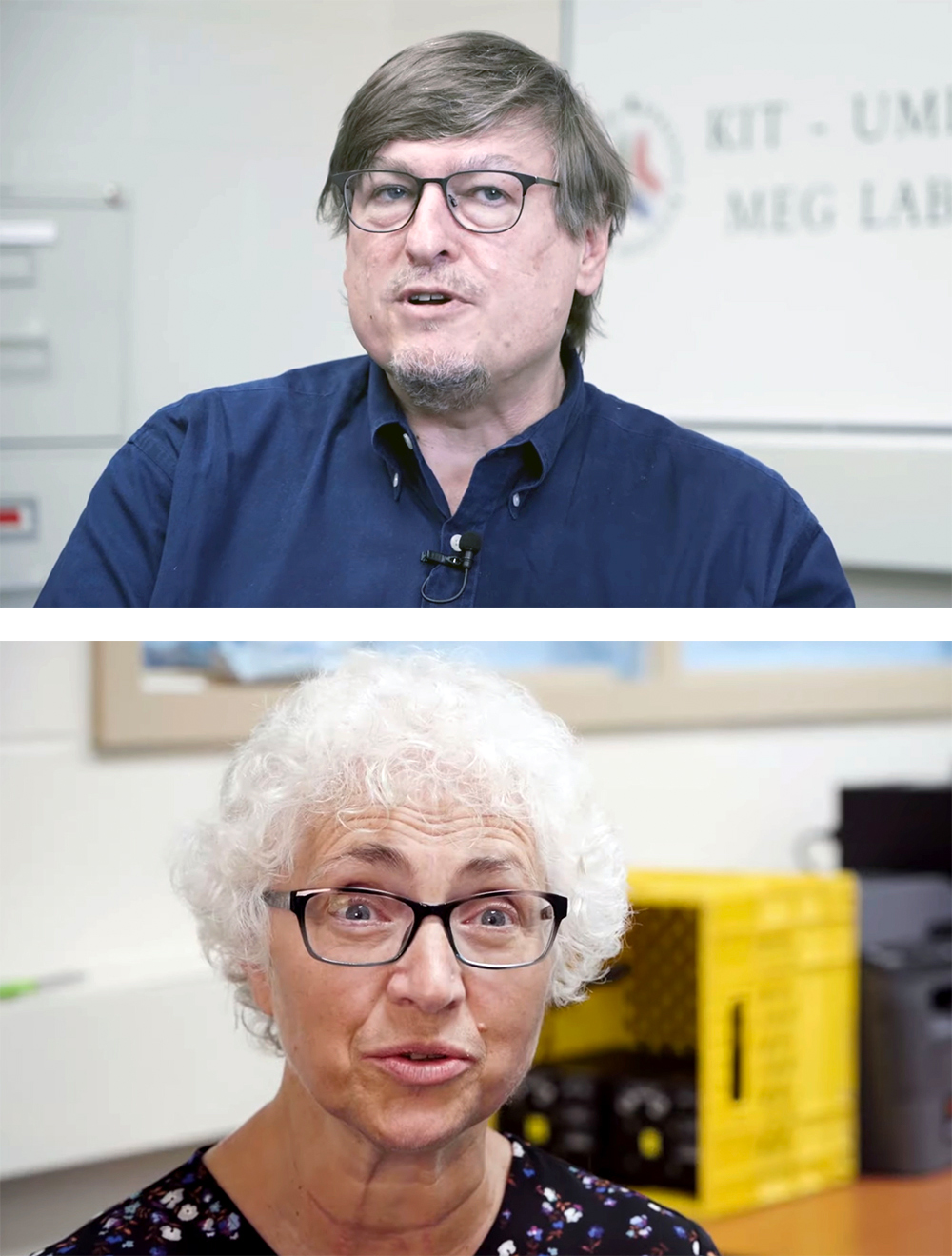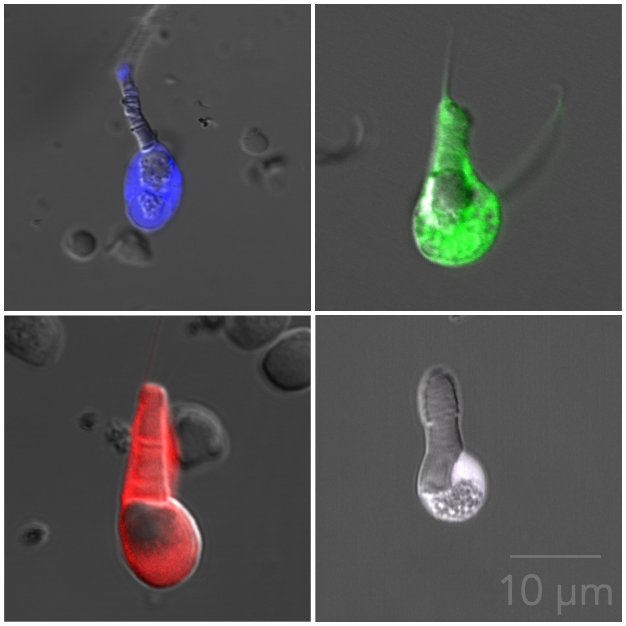News Story
New algorithms for estimating the latent dynamics underlying biological processes
Estimating the latent dynamics underlying biological processes is a central problem in computational biology. State-space models with Gaussian statistics are widely used for estimation of such latent dynamics and have been successfully utilized in the analysis of biological data. Gaussian statistics, however, fail to capture several key features of the dynamics of biological processes (e.g., brain dynamics) such as abrupt state changes and exogenous processes that affect the states in a structured fashion.
Although Gaussian mixture process noise models have been considered as an alternative to capture such effects, data-driven inference of their parameters is not well established in the literature.
In Dynamic estimation of auditory temporal response functions via state-space models with Gaussian mixture process noise, published August 19, 2020 in PLOS Computational Biology, six researchers associated with the University of Maryland's Institute for Systems Research develop efficient algorithms for inferring the parameters of a general class of Gaussian mixture process noise models from noisy and limited observations, and utilize them in extracting the neural dynamics that underlie auditory processing from magnetoencephalography (MEG) data in a cocktail party setting.
The paper was written by alumnus Sina Miran (EE Ph.D. 2019), now at Starkey Hearing Technologies; his former advisor, Associate Professor Behtash Babadi (ECE/ISR); alumnus and ISR Postdoctoral Researcher Alessandro Presacco (NACS Ph.D. 2016); his former advisor, Professor Jonathan Simon (ECE/ISR/Biology); Professor Michael Fu (BMGT/ISR) and Professor Steven Marcus (ECE/ISR).
The researchers developed an algorithm based on expectation-maximization to estimate the process noise parameters from state-space observations, then applied it to simulated and experimentally-recorded MEG data from auditory experiments in the cocktail party paradigm to estimate underlying dynamic Temporal Response Functions (TRFs).
Simulation results show that the richer representation of the process noise as a Gaussian mixture significantly improves state estimation and capturing the heterogeneity of the TRF dynamics. Application to MEG data reveals improvements over existing TRF estimation techniques, and provides a reliable alternative to current approaches for probing neural dynamics in a cocktail party scenario, as well as attention decoding in emerging applications such as smart hearing aids.
The proposed methodology provides a framework for efficient inference of Gaussian mixture process noise models, with application to a wide range of biological data with underlying heterogeneous and latent dynamics.
This research was developed in part with funding from the National Science Foundation, the National Institutes of Health, and the Defense Advanced Research Projects Agency.
Published August 19, 2020









